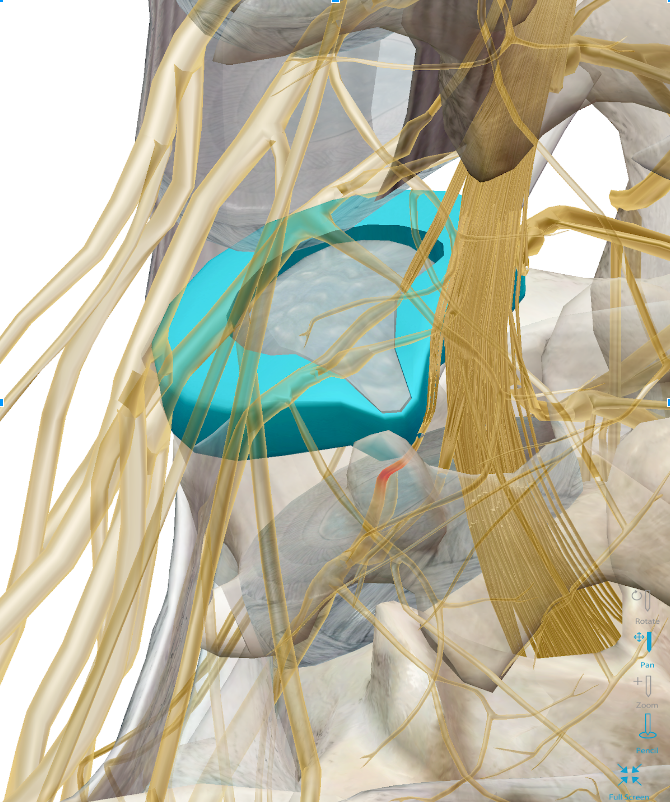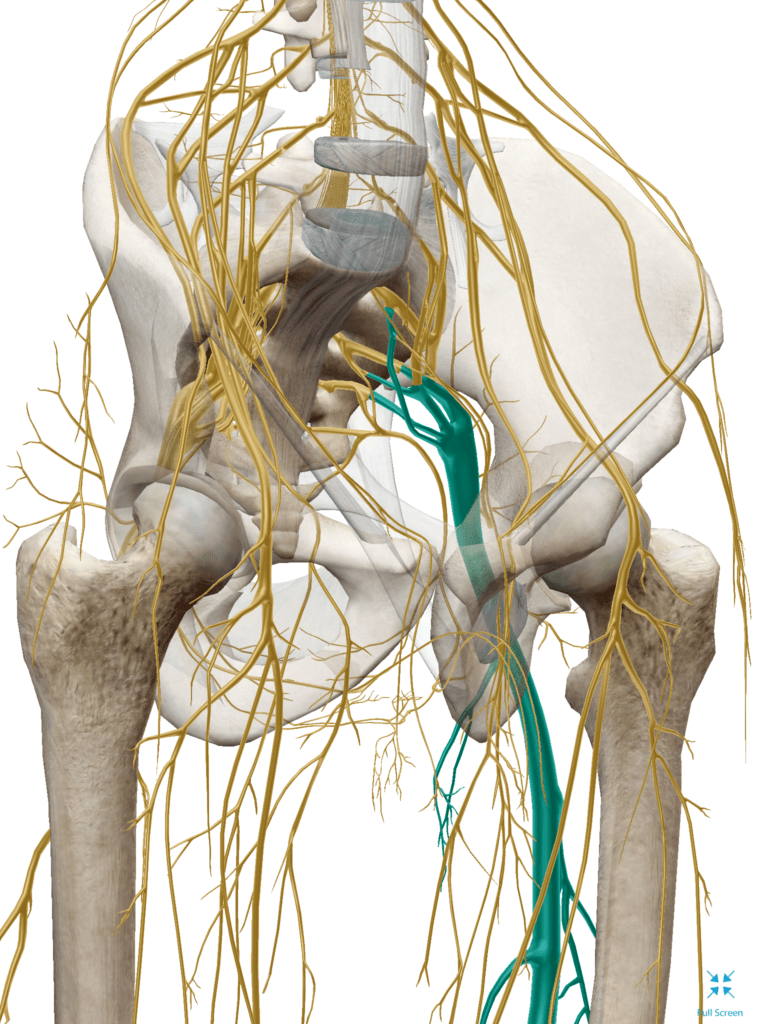Dr. Adams uses a blend of conservative orthopedics, physical rehabilitation, chiropractic and sports medicine to resolve musculoskeletal conditions without the use of drugs or surgery.
He has trained under a number of mentors medical doctors, chiropractors, physical therapists as well as PhDs in biomechanics and neurology, which has led to his unique approach to conservative care.
Dr. Adams has had the pleasure of working with a wide variety of clients ranging from personal injury to weight loss/general fitness clients to professional athletes with nagging career injuries.
What is Sciatica?
Despite the fact that sciatica is given as a diagnosis for most conditions involving pain in or down the leg, sciatica is a very specific symptom that has a number of root causes.
Sciatica, by definition, is irritation to the sciatica nerve, which is made up of the 4th and 5th lumbar nerve roots as well as the 1st, 2nd, and 3rd sciatic nerve roots. These roots exit from the lumbar spine and the sacrum. From there the sciatic nerve exits the pelvis and runs down the back of the leg and runs all the way down to the foot.
When the nerve becomes irritated either at the lower back or down one or both legs, this can result in a burning/tingling like pain, numbness and weakness in the leg.
Because a large proportion of sciatica is actually due to irritation in the lower back, treatment will generally begin with a thorough assessment of the lower back in order to try and centralize the symptoms in the leg up to the lower back.
Conditions related to sciatica:
- Lumbar Disc Herniation
- Lumbar Spine stenosis
- Piriformis syndrome
- Arthritis in the joints of the lower back or lower extremity
- Pregnancy related symptoms
- Trigger points/soft tissue lesion in the lower back or lower extremity
- Tumor/Space occupying lesion/joint infection (small percentage of cases)
What does a visit look like for sciatica treatment?
The first step of any new patient visit is a thorough medical history, physical activity/lifestyle history and history of present illness. This information will help dictate the physical exam that will likely include a comprehensive neurological and orthopedic exam as well as a movement exam for the lower back, hip, knee and foot.
This thorough assessment allows the Miami Spine and Performance physician to determine the cause of the leg pain as well as the appropriate course of action moving forward.
How is sciatica treated?
Like any other condition, the treatment for sciatica is dependent upon the source of the pain and objective findings on the neurological and movement exam. In some cases, sciatica can be treated with manual therapy and a home exercise program to restore motion in the lower back and in the nerve. In other cases where the issue may be more severe or have a longer time course, a referral to a neurologist or orthopedic doctor may be necessary for consultation.

We have assessed and successfully treated many common misdiagnoses where the source of the problem is located at the spine. Examples include:
- Sciatica
- Sacroiliitis
- Piriformis Syndrome
- Trochanteric Bursitis
- IT Band Syndrome
- Groin/Hamstring Strain
- Patellar Tendonitis
- Plantar Fasciitis

Got a Question?
Let Us Help!

